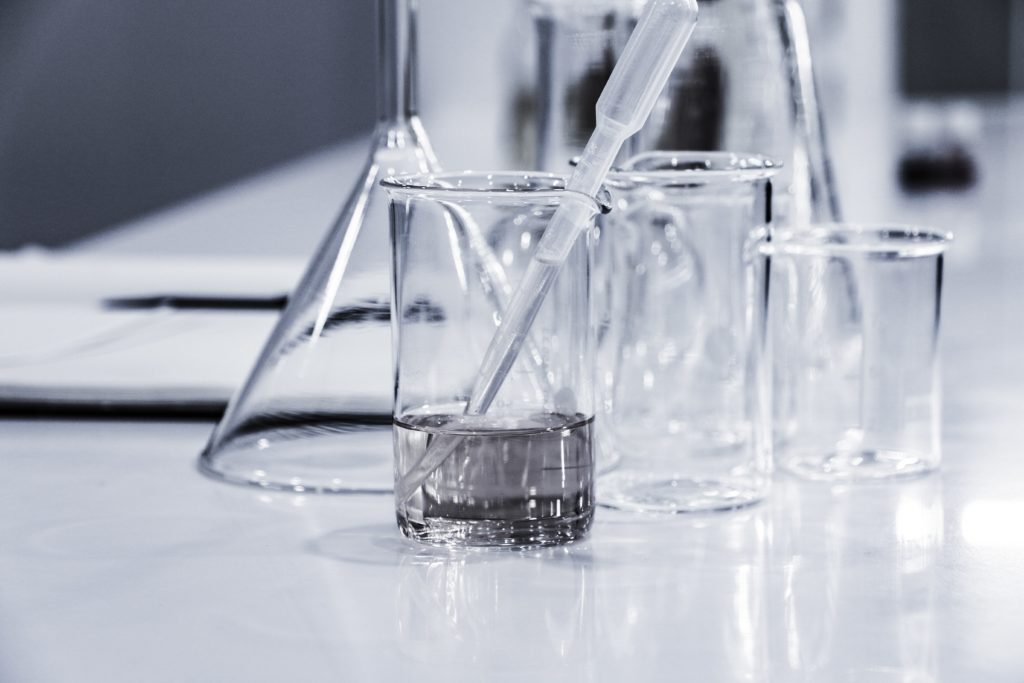All fields are required
Posted in Salmonella on October 23, 2018

Researchers at Stanford University School of Medicine have found a bacteria that can inhibit the growth of Salmonella. This is a promising new treatment for people who are affected by Salmonella food poisoning each year. A molecule called propionate, which is produced by metabolism of a group of bacteria called Bacteroides, inhibits the growth of pathogen in mice and might be a promising treatment for those who suffer from the illness each year.
The discovery also offers explanation so as to why some people are able to fight Salmonella bacteria better than others. Some individuals (healthy ones) don’t develop serious symptoms by intestinal pathogens while others do. The findings also included that propionate doesn’t trigger an immune response to stop the pathogen, but instead, it extends the time it takes for the bacteria to start dividing inside the human intestine by increasing its internal acidity.
Salmonella causes around 1.2 million illnesses in the United States each year. Out of these numbers, 23000 gets hospitalized and 450 die. Salmonella lives inside the intestinal tract of animal and human feces and is shed through their feces. Fecal-oral contamination is the most common route by which the bacteria spreads. The symptoms of the infection include diarrhea, vomiting, abdominal cramps etc. but sometimes, some unexplained overactive inflammatory responses might occur. High-risk individuals are at more risk of developing these complications.
Denise Monack, PhD, professor of microbiology and immunology and the senior author of the paper said that individuals differ in their response to Salmonella exposure. Some get harsh symptoms, others remain healthy; some excrete the bacteria even after a month after exposure and some stop as soon as the symptoms of the illness stops. “It has been a real mystery to understand why we see these differences among people. Our findings shed some light on the phenomenon”, Dr. Monack added.
For years, researchers in this field have been trying to gather data on the phenomenon. They have used different strains of mice to find out how different genes can affect susceptibility to infection by intestinal pathogens. This study is the first one that looks at how variability of the gut bacteria in mice can also become a contributing factor to different pathogen responses in different individuals.
Our gut microbiota is quite complex. There are trillions of bacteria, viruses and fungi that interact in this heterogeneous, densely-packed ecosystem with the host and with each other. These characteristics makes it very problematic to recognize unique molecules from specific bacteria in the gut that are behind these characteristics, in this case, resistance to pathogens, mentioned Amanda Jacobson, paper’s lead author and a graduate student in microbiology and immunology.
The scientists started with the observation that two inbred strains of mice retain different levels of bacteria after being exposed to the pathogen. This observation has been recognized by the scientists for several years now. And the biggest challenge remains why this was happening.
Hypothesis & Experiment:
First, they thought that differences could be because of the natural composition of the bacteria in the gut of each mouse strain. The experiment involved performing fecal transplants that is basically giving mice antibiotics to kill their usual gut bacteria composition and replacing it with the microbial community of the mice that are more resistant to Salmonella infection. Then, the researchers used machine learning tools to determine which microbes were behind the resistance to pathogen exposure.
The scientists came across a specific group of bacteria called the Bacteroides, which were abundant in mice transplanted with the microbes that was resistant to Salmonella. Bacteroides are known to produce short-chain fatty acids such as acetate, formate, butyrate and propionate during their process of metabolism. It was observed that the production of fatty acid, propionate, is three times higher in mice that are protected against the growth of Salmonella bacteria. This led to researchers figuring out whether this acid protected against the pathogen by boosting the immune system in the way other short-chain fatty acids do.
The researchers examined the Salmonella model for the impact of propionate on the immune system. But to their surprise, the molecule had a more direct effect on Salmonella growth inside the body. Propionate decreases the intracellular pH of the pathogen and increases the time it takes to divide and grow in the gut. Jacobson added that their results show that propionate concentrations are high in the gut, Salmonella bacteria is not able to elevate their pH levels. This inhibits the cellular functions of the pathogen that is required for its growth. The researchers are yet to confirm that whether these results could be applied to humans and their exposure to pathogen too.
The next steps for the researchers is to determine the basic biology of propionate and how it works on molecular level. The research work would also be directed towards finding out whether there are any more molecules produced in the intestine that can affect the ability of Salmonella or other pathogens to grow and wreak havoc in the human gut. Research work would also be towards how different diets affect the ability of different pathogen to grow in the intestine and getting shed in the environment.
All of these findings will have a huge impact on controlling Salmonella cases. The findings would also influence treatment of the disease. Treatment of Salmonella is usually done through antibiotics but can be tricky at times. Usage of antibiotics is also debatable because it kills off the good bacteria in the gut too. Using propionate, or any other molecules that scientists might discover, for treatment will overcome these limitations. Antibiotic use also leads increase in antibiotic resistant microbes, which is already a major issue.
The paper with the findings was published on July 26, 2018 in Cell Host and Microbe.
By: Pooja Sharma, Contributing Writer (Non-Lawyer)